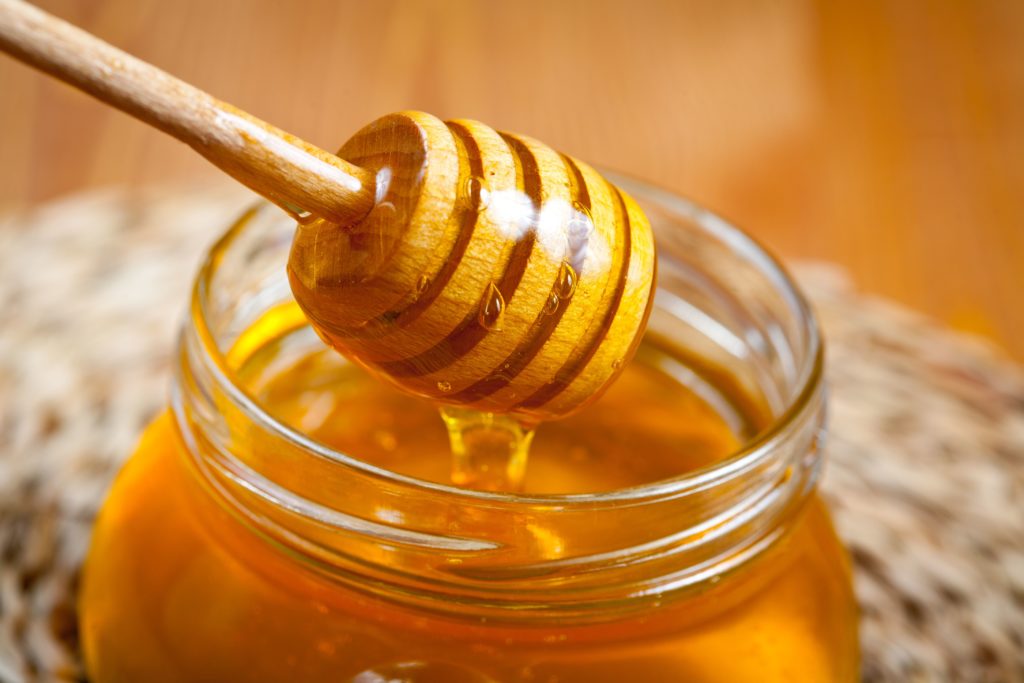FREE Shipping on Orders over $89 with Account – Create One Today!
- (844)-859-9400
- Get Help

It may seem strange to think of honey, a syrupy-sweet kitchen staple, as any kind of health product. But the truth is that people have been turning to the beehive as a wellness aid for many years. Prior to the advent of antibiotics, honey was a common medicinal product for huge swaths of the global population. Over the years, many folks have taken honey in their tea hoping for some allergy relief. However, its purported healing properties have come to be considered a curiosity at best, or at worst an old wives’ tale.
But in the last several years scientists have come to realize that those old-timey natural healers may have been on to something – at least when it comes to one particular honey from one particular part of the world.
Manuka honey, derived from a plant found only in New Zealand, has been found to possess real medicinal properties. So much so that it has become a go-to wound care product for medical professionals everywhere.
So why is Manuka honey special? Without getting too technical, a compound from the pollen of the Manuka plant lends it antibacterial properties, setting it apart from other types of honey. This compound, carried by bees, contributes to the formulation of methylglyoxal, or MGO, which is the main component that gives the honey its exceptional healing powers. It facilitates the release of helpful agents, including hydrogen peroxide, when the honey makes contact with a wound. Studies show that Manuka honey helps to prevent infection, suppress the growth of microorganisms, accelerate wound healing, and reduce scarring by encouraging new tissue growth.
Perhaps the greatest benefit of Manuka honey comes from it not being a pharmaceutical antibiotic. Over the past several years antibiotics have begun to be less effective than they once were, with medication-resistant bacteria becoming more common. Manuka honey works equally well on any bacteria strain. When applied properly to a wound, it works to kill off bacteria while at the same time retaining a healthy level of moisture. This can help to promote faster wound healing and less scarring.
It can be applied in its natural form, or for convenience it is also available as a gel. More recently Manuka has become available in the form of honey-impregnated dressings. Medical Monks, of course, stocks Manuka in all varieties.
Before applying be sure the affected area is clean and, most importantly, dry. Apply a thin layer of Manuka product, paste or gel, to the site. Cover with a clean dressing or bandage. Repeat this method at least once daily until wound has healed.
When using it topically, it’s important to remember that Manuka honey does not tend to absorb into the wound like many other creams or ointments. A little goes a long way, and too much application is likely to squeeze out and compromise the adhesion of your bandage. This problem can also be solved by using a pre-impregnated dressing. These work like any common wound dressing. Some have their own adhesive border and some require tape securement. Either way, instructions are the same as above – apply once daily to a clean, dry wound bed for as long as needed.
